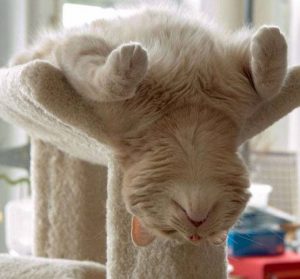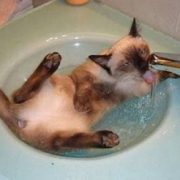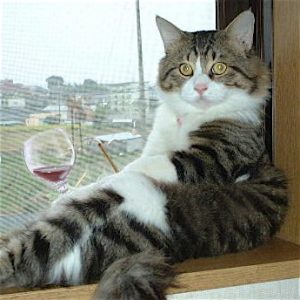Common Feline Health Concerns
Mixed Breed Health Concerns
Non-purebred cats are usually referred to as mixed breeds, but these cats are not “mutts” or mixes of different breeds. All of the characteristics found in purebreds are actually derived from mixed breed cats, which are actually the most authentic or “pure” breed.
Historians now believe that all domesticated cats, which first appeared in ancient Egypt, once had tabby coats. And since all cats carry these ancestral tabby genes, all domestic cats are still genetically tabbies. The cat breeds that don’t look like tabbies simply carry other types of genes that prevent the tabby coat pattern from appearing. This helps to explain the enormous variety of colors and patterns found in cats today.
Breed Related Health Concerns
Every cat breed carries a distinct set of genetic advantages and health risk factors. The most common diseases found in mixed breeds, as well as problems that can affect all breeds, both mixed and pure, are listed below. Hopefully, your cat will not face these problems. However, early detection and preventive healthcare can make all the difference in helping your cat live a longer, happier life.
- Behavior problems
- Diarrhea
- External parasites
- Eye infections
- Feline leukemia virus (FeLV) infection
- Feline immunodeficiency virus (FIV)
- Upper respiratory tract infections
Adult (1 to 6 years)
- Cat fight abscess
- Dental disease
- Feline lower urinary tract disease (FLUTD)
- Inflammatory bowel disease
- Liver disease
 Obesity
Obesity
Senior (7 years and older)
- Arthritis
- Cancer
- Cardiomyopathy
- Diabetes mellitus
- Hyperthyroidism
- Kidney disease
For specific information of these diseases go to: www.healthypet.com
 719-475-7297 or
719-475-7297 or 


